As someone who works in marketing, you’re used to dealing with many concerns, from content issues to SEO roadblocks. However, some difficulties, such as brand identification, can be more difficult to resolve.
Some marketers ignore their identity regularly since they don’t realize how important it is. So, why is company identification such a problem?
One of the most serious issues is that many marketers are unwilling to spend their hard-earned money to improve it. Others say that accurately tracking your development is extremely hard and joke that it takes a mind reader to get it right.
This essay is for you if you’ve ever felt this way about identification. Continue reading to see why your company’s identity is so important and how to create a brand identity.
What Is Brand Identity?
Let’s explain the brand identity definition before we look at why it’s important for organizations.
Your company’s identity explains how your customers will see this. It includes the name, design, and logo of your organization to the colors and forms of your photos and typefaces. It encompasses your social media tone, the comedy in your advertisements, your core principles, and the goal statement you’re chasing.
Many powerful company identities are instantly identifiable and well-known worldwide. Apple, Nike, Starbucks, and a slew of other companies are among them. These businesses have spent millions of dollars promoting and growing their identity, and as a result, they can offer success tales.
Why Is Brand Identity Important?
The branding of a company is more significant than you would imagine. It may appear to be a combination of logos and colors on the surface, but it is truly your company’s full identity. Also, it provides you with a sense of self.
A company’s identity has always been crucial in the commercial world, but it may be even more so now. Every day, customers are exposed to new companies thanks to social media. This is excellent for consumers who have a lot of choices and can perform research to choose the best one, but it makes it more difficult for businesses.
-
More Loyal Customers
You don’t just want customers to recognize your product and use your service once; you want them to return again and time again. With good branding, you can give your company a more human face, which your customers will relate to more than a company that is solely focused on business.
Your branding may appeal to people’s emotions. This can target the right audience and hey can become your loyal customers. You can let your customers care for them. You can offer various discounts and other services. This will make you prominent in your competitors.
-
Poor Identity Will Result In A Decrease In Revenue.
Strong identity leads to enhanced brand recognition and awareness, which should help improve word-of-mouth recommendations for your organization.
When your brand is top-of-mind for your customers, they won’t hesitate to refer you to a friend – your company’s name will be the first thing that comes to mind!
If someone asks for a suggestion, they’re unlikely to promote your brand because they’ve forgotten all about you. Losing the opportunity for word-of-mouth sales means a percentage of your revenue will be wasted.
Keep our prior suggestions in mind to guarantee you don’t miss out on cash.
-
Stability
Even if you are the best and most experienced person in your area, no brand, even your own, feels that the company will not last. A brand can assist you in creating an image for your company that says, “I’m here to stay.” A well-defined identity gives off a long-term vibe to people who view it regularly. With a crisp image and clear messages, you can eliminate any doubts about your viability.
-
Makes Your Company Stand Out
Customers will remember who you are if you create an identity and use it consistently. The more people who notice your brand, the more likely they will contact your company for further information. You have a chance to develop a connection and create a memorable experience every time you interact with a prospect.
-
Your “Why” Is Expressed.
A brand might be shallow and two-dimensional, but if you want to be successful in the long run, you need to be immersive—you need to stand for something and mean it. “People don’t purchase what you do; they buy why you do it,” remarked Simon Sinek. Day in and day out, a well-developed identity should be completely linked with your values and objectives.
-
Gain Access To A Price Premium
Products with a strong identity can command a higher price than those that have a weak identity. Because powerful brands generate trust. The best examples in this scenario are arguably Apple and Microsoft, two major competitors.
Even though Microsoft’s products are technologically comparable to Apple’s, Apple’s branding has earned them a loyal fanbase. Its technologies are thought to be cutting-edge, cutting-edge, cutting-edge, cutting-edge, cutting-edge, cutting-edge, cutting-edge. As a result, even if Apple products are quite similar in capabilities to far cheaper competitors, people will pay a premium for them. When choosing a smartphone, 63 percent of individuals pay special attention to brands.
Your customer will assume they are paying for quality if you have a strong brand.
-
Getting New Customers And Keeping Existing Customers Happy
People who agree with what your brand has to offer are attracted by an identity that has a face, trust, and a mission. However, when these people become consumers, they feel a sense of belonging because of the same identity. Good products grab customers, but good brands attract and grab advocates.
It will take some effort for your company to become a well-known and beloved name. The steps below will assist you. They are easy steps, but putting them into action is different.
How To Create A Brand Identity?
To help you understand the procedure, we’ve broken it down into ten steps that will take you from point A to point Z. Because distinct aspects of your identity are built upon each other, these phases are listed in this specific order. Follow this sequence for creating a brand identity that will set you up for success, whether you’re starting from scratch or undergoing a rebrand.
You can also use pre-defined brand identity templates to make your work more accurate and easy.
-
Incorporate Into Your Narrative.
Well-informed customers are looking for ways to connect with and identify with the items or services. Finding themselves in your origin story is a powerful approach for them to form that connection with your brand. Your company’s origin narrative should reveal the driving force behind its creation in a way that your potential customers can relate to and trust.
-
Examine Your Current Persona.
Excellent branding is all about communication. It would help if you had a deep grasp of your brand to ensure that your visual output represents your brand values, reflects your personality, and communicates your entire story.
As a result, you should begin with a evaluation to determine:
- The status of your brand’s identity right now
- How that brand identity might be established or adjusted in the future to line with your objectives
You may gain the knowledge you need to establish an identity that effectively expresses your business by critically looking at it.
-
Examine Your Competitors
Differentiation is key to establishing an identity: making you visible, relevant, and distinct. As a result, it’s critical to know who your competitors are and how your brand stacks up in terms of visual presentation.
You may compare your brand to each competitor and your competitors as a whole, using a competitor audit, which can provide some interesting information.
For instance, when we undertook competition research for a client, we discovered that all their competitors used the same four colors. This isn’t unusual since many companies lean toward similar graphic components (think Netflix and YouTube’s use of red), but it highlighted a huge chance to stand out.
-
Decide On A Visual Style.
It’s time to get your team on board with the direction you want to go in now that you’ve taken a critical look at both your existing identity and your competitors’ identities.
Brand identity design is extremely subjective. Colors that one person perceives as powerful may be interpreted differently by others. Even the words you use to define it can be understood differently by different team members.
You aren’t ready to design at this point; you must first have essential talks and go through activities to arrive at a shared vision for your identity.
-
Don’t Be Afraid To Include Videos In Your Presentations.
It’s all about being genuine, involved, and visible in today’s marketing. Wherever your target demographic congregates, video is the preferred media (online, TV). Even polished high-end businesses must be specific with real people in real situations. It’s time for entrepreneurs to stop worrying and start filming themselves, their message, and expertise. To connect, make a video blog.
-
Create A Logo And A Template To Go With It.
It’s time to bring your brand to life now that you know your business inside and out. “Design is the silent ambassador of your brand,” says graphic designer Paul Rand.
What you’ll need to know about some crucial brand identity elements, i.e., logos and templates.
Although the logo does not include the complete brand identity, it is an important aspect of the branding process because it is the most identifiable feature of your company. It’s on your website, business cards, and internet adverts, among other places. Your branding should look as unified as this example with your logo on all of these elements:
-
Recognize The Four P’s
Businesses can improve their branding strategy by understanding the “four Ps”:
- Product attributes
- Price structure
- Placement strategy
- Promotional plan.
When you’ve figured out your four Ps, you’ll be able to establish your unique selling proposition (USP), which helps organizations figure out what sets them apart from their competition.
-
Choose A Path And Stick To It.
Offering too much to too many people will confuse the market and reduce income rather than increase it. Instead, focus on fulfilling them and their needs with what you have to give. This will ensure that you are remembered and referred to those looking for what you have to offer while being true to your core values.
The Verdict
Your brand identity is what distinguishes you from the infinite sea of competitors, demonstrating who you are and what they can expect from dealing with you. It’s also critical to nail your brand identity and produce designs that effectively convey who you are to your customers if you want your business to be seen positively. It’s time to start designing now that you know how to nail that identity.
FAQ
What is brand identity and why is it important?
Brand identity is the visual representation of a company’s values, products, and personality. It’s crucial because it’s how companies present themselves to the world, differentiate from competitors, and create brand recognition.
How does brand identity impact customer loyalty?
A strong brand identity can build customer loyalty by promoting a sense of familiarity and trust. When customers feel connected to a brand’s identity, they’re more likely to stick with that brand over time.
Can strong brand identity influence the company’s financial performance?
Yes, a strong brand identity can positively impact a company’s financial performance. It can help attract more customers, increase sales, and enhance the company’s market value.


